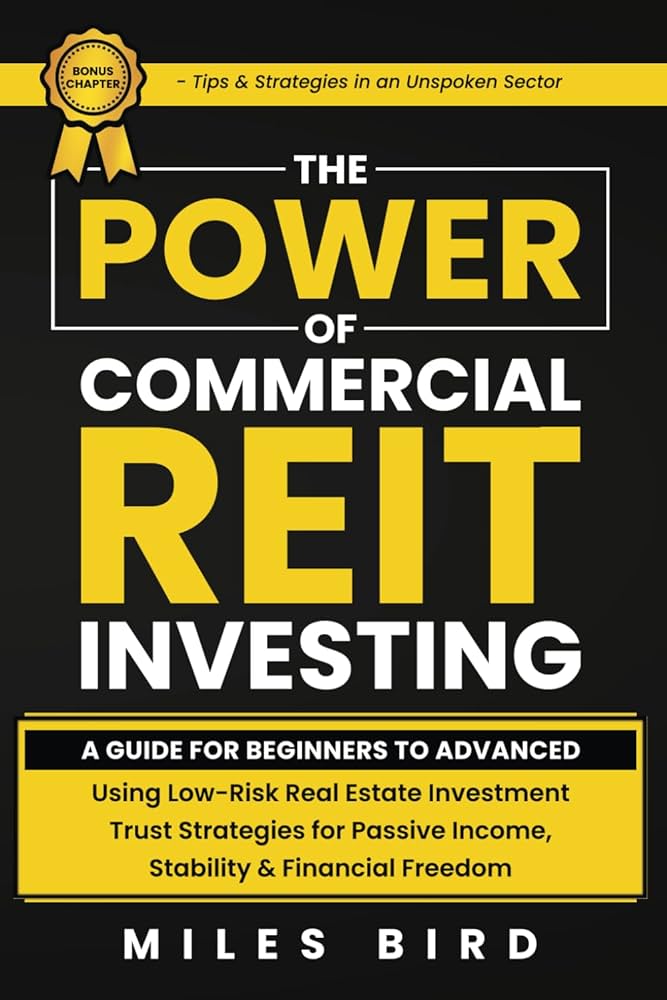The Power of Passive Income lies in creating consistent, non-active revenue streams that can lead to financial freedom. Investment strategies play a crucial role in achieving this independence.
Passive income is the key to unlocking a future where financial worries are a thing of the past. By strategically investing in assets that generate income without daily effort, individuals can build wealth over time. This approach allows for the accumulation of resources that continue to grow, even when you’re not actively working.
From real estate to stock market dividends and beyond, the right investment strategies can pave the way for a life less tethered to the traditional nine-to-five grind. Embracing these methods not only enhances financial security but also offers the freedom to pursue passions and interests without monetary constraints. Therefore, understanding and leveraging passive income streams is essential for anyone aiming for a financially sound future.
The Lure Of Passive Income
The dream of earning money while not actively working draws many to the idea of passive income. It’s a promise of financial security and freedom. Imagine money flowing into your account while you sleep, travel, or spend time with family. That’s the magic of passive income.
Defining Passive Income Streams
Passive income comes from sources that require little to no daily effort to maintain. Once set up, these streams can provide a steady flow of cash.
- Rental properties: Earn rent from tenants.
- Dividends: Get paid from stocks.
- Online courses: Make money when people learn from you.
- E-books: Sell your knowledge in written form.
- Affiliate marketing: Earn by promoting products.
Comparing Active Vs. Passive Earnings
Active income needs your time, like a 9-to-5 job. Passive income requires upfront work, then less over time.
| Active Income | Passive Income |
|---|---|
| Trading time for money | Money works for you |
| Limited by hours in a day | Potential for unlimited earnings |
| Stop working, stop earning | Earn even when not working |

Credit: www.amazon.com
Creating Your Passive Income Portfolio
Imagine a future where money flows into your bank account while you sleep, travel, or spend time with family. That future starts with creating your passive income portfolio. This crucial step toward financial freedom involves selecting the right mix of investments that generate earnings without your active involvement. Let’s explore how to identify lucrative opportunities and employ diversification strategies for stability.
Identifying Lucrative Opportunities
The first step in building your passive income portfolio is spotting profitable investments. Look for assets with a proven track record of returns. Real estate, dividend-paying stocks, and peer-to-peer lending are popular choices. Use these criteria to evaluate each opportunity:
- Consistent Performance: Has the asset delivered steady returns over time?
- Growth Potential: Can the asset grow in value or yield over the years?
- Accessibility: Is the investment easy to start and manage?
- Risk Level: Assess the risk compared to your comfort level.
Diversification Strategies For Stability
Diversification helps protect your portfolio from volatility. By spreading investments across different asset classes, you minimize the risk of loss. A diversified portfolio might include:
| Asset Type | Percentage |
|---|---|
| Stocks | 40% |
| Bonds | 30% |
| Real Estate | 20% |
| Commodities | 10% |
Start with broad categories and then drill down to specific investments. For stocks, consider index funds for broad exposure. For real estate, look into REITs or rental properties. Remember, a balanced portfolio can withstand market ups and downs, securing your income stream.
Maintaining And Growing Your Passive Wealth
Passive income can change lives by offering financial freedom. Yet, it’s not a ‘set and forget’ deal. You must watch and nurture it. Like a garden, your passive wealth needs care to thrive. Here, we’ll explore how to keep your investments fruitful and when to plant more seeds for greater harvests.
Monitoring Your Investments
Check your investments regularly. This keeps you in control. Use tools and apps to stay updated. Look for:
- Performance: Are they meeting your goals?
- Fees: Could you pay less elsewhere?
- Risks: Are there new hazards to consider?
Make changes if needed. This ensures your money works hard for you.
Scaling Up: When To Reinvest
As your wealth grows, consider reinvesting. This can mean buying more stocks or properties. But when?
| Sign | Action |
|---|---|
| Consistent Profits | Time to scale up. |
| Extra Cash | Invest it, don’t spend it. |
| Market Opportunities | Dive into new ventures. |
Reinvesting is a powerful tool for wealth expansion. It’s like adding more engines to your financial rocket. Do it wisely and watch your passive income soar.

Credit: www.instagram.com

Credit: www.walmart.com
Frequently Asked Questions
How Do You Get Financial Freedom Through Passive Income?
To achieve financial freedom through passive income, start by identifying lucrative income streams such as rental properties, dividend stocks, or online businesses. Invest wisely and consistently to grow these sources. Optimize expenses and reinvest profits to expand income flow and secure long-term financial independence.
How Can I Make $1000 A Month In Passive Income?
To earn $1000 a month in passive income, consider rental properties, dividend stocks, creating an online course, or starting a blog with affiliate marketing. Diversify your investments for best results.
What Are The Benefits Of Passive Income Investments?
Passive income investments offer financial security through steady earnings without active involvement. They can diversify income streams, reduce reliance on primary employment, and potentially lead to early retirement. These investments often grow over time, providing long-term wealth accumulation.
Conclusion
Embracing passive income strategies can dramatically transform your financial landscape. By carefully selecting the right investments, you secure a future of less stress and greater freedom. Start small, diversify your portfolio, and stay committed. Your journey towards financial independence begins with the first step.
Let’s make it a confident one.
